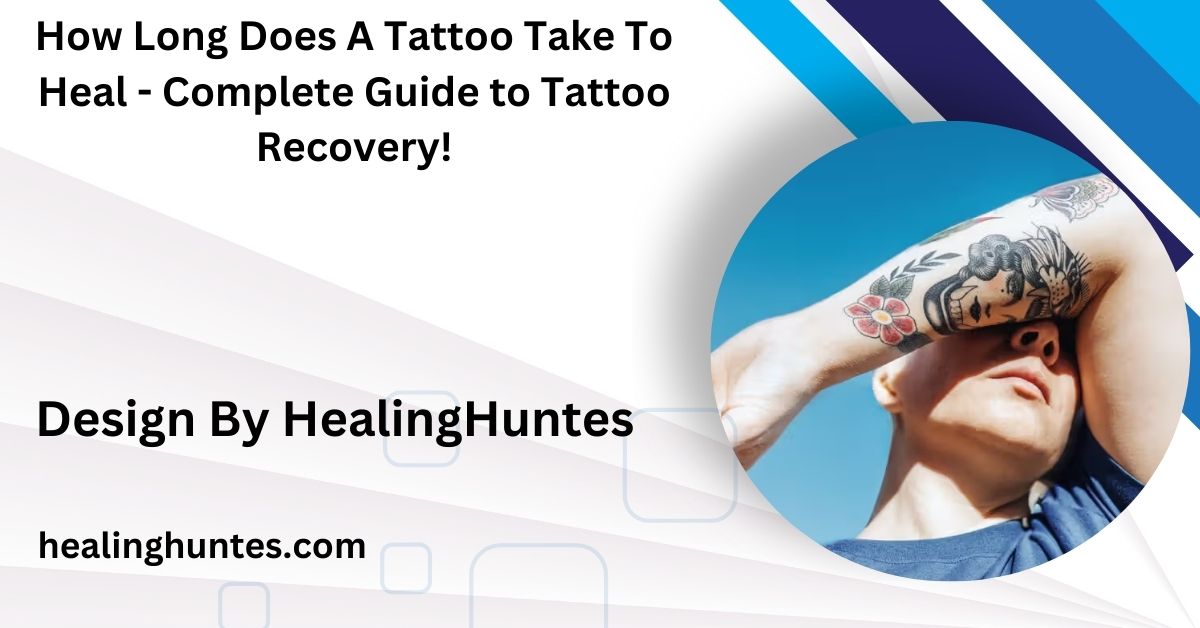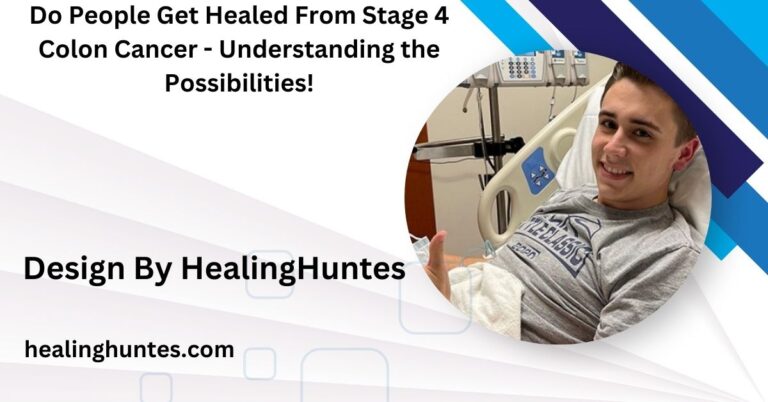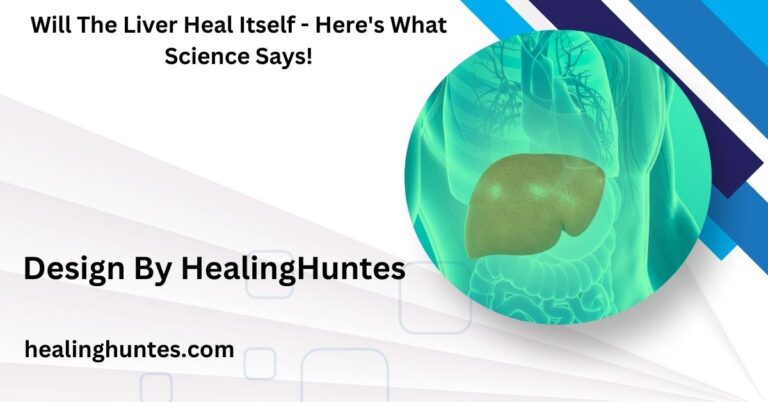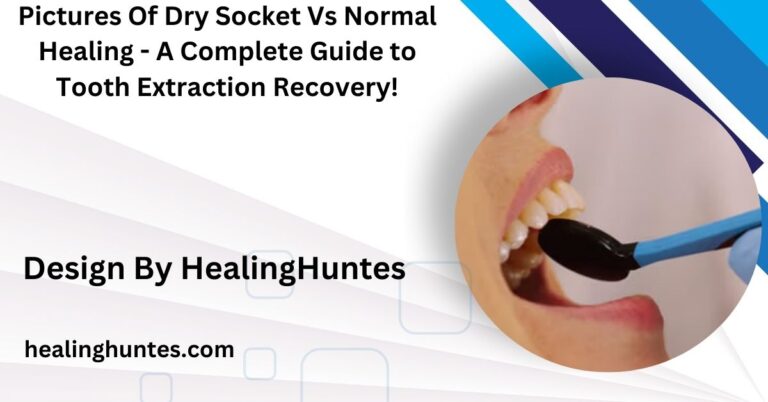How Long Does A Tattoo Take To Heal – Complete Guide to Tattoo Recovery!
The tattoo healing process generally spans 2-4 weeks for surface healing, with deeper layers taking several months, influenced by tattoo size, location, and aftercare.
In this guide, we’ll cover the different stages of tattoo healing, how long each stage lasts, and what you can do to care for your tattoo during recovery.
The Tattoo Healing Process: A Quick Overview

Typically, a tattoo will take 2-4 weeks to heal on the surface, with deeper layers taking several months to fully recover. The healing process has four main stages, each with distinct signs and symptoms. Taking care of your tattoo during each stage is crucial to avoid infections, scarring, and other complications. Here’s what to expect during each phase.
Stage 1: Initial Healing (Days 1-6)
The first stage begins right after the tattoo session. Your tattoo artist will clean the area and apply a thin layer of ointment and a bandage. During this period, the tattoo is considered an open wound, and the skin is highly vulnerable to infection.
In the first few days, you may notice:
- Redness and swelling around the tattooed area.
- Blood and plasma oozing, which is normal and part of the body’s healing process.
- Mild pain and sensitivity.
After a few hours, carefully remove the bandage and gently wash the area with mild, unscented soap and lukewarm water. Avoid harsh rubbing, and pat dry with a clean towel. Your artist might recommend an aftercare ointment—apply it sparingly to keep the area moisturized.
Also Read: How To Heal A Zit Your Glasses Rest On – Expert Tips for Healing and Prevention!
Stage 2: Scabbing and Itching (Days 7-14)
Around the second week, your tattoo will start to scab over as your skin repairs itself. This stage can be itchy, and you’ll likely notice small scabs forming over the inked areas. These scabs protect the tattoo as it heals, but it’s essential not to pick or scratch them, as this can cause ink loss or scarring.
To manage itching and dryness:
- Apply a recommended moisturizer several times a day.
- Avoid scratching or picking at scabs, as tempting as it may be.
- Wear loose clothing over the area to minimize irritation.
This stage is often the most uncomfortable, but it’s temporary. Continue washing the tattoo daily, and avoid soaking it in water, as this can delay healing.
Stage 3: Peeling and Flaking (Days 15-21)

Once the scabs begin to fall off naturally, the skin around your tattoo may start peeling or flaking. Peeling is a normal part of the healing process and signals that the top layer of your skin is nearly healed. During this stage, the tattoo might appear duller as new skin cells replace the old ones.
Some tips for this stage:
- Let the peeling happen naturally without pulling at the skin.
- Keep the area moisturized with fragrance-free lotion.
- Be gentle when washing or drying the tattoo.
It’s normal for the tattoo colors to look slightly faded or less vibrant during this period. The ink will regain its full clarity as the deeper layers continue to heal.
Also Read: How To Heal Anxious Attachment – A Guide to Self-Discovery!
Stage 4: Full Healing (Weeks 4-6 and Beyond)
By the fourth week, most tattoos have healed on the surface, but deeper skin layers can take several more weeks, especially for larger or intricate designs. Even if your tattoo looks healed, the skin underneath may still be sensitive. Complete healing can take up to six months, depending on factors like tattoo size and skin type.
During this time, protect your tattoo by:
- Avoiding direct sunlight or applying high-SPF sunscreen when outdoors.
- Continuing to moisturize daily to keep the skin hydrated.
- Avoiding prolonged water exposure, such as swimming in pools or hot tubs.
Factors Affecting Tattoo Healing Time:

Various factors can impact how quickly your tattoo heals. Understanding these can help you manage your expectations and plan your aftercare accordingly.
- Tattoo Size and Placement: Larger tattoos generally take longer to heal than smaller designs. Areas with thicker skin (such as the arms or legs) may heal faster than sensitive areas like the ribs or ankles.
- Your Skin Type: People with sensitive or dry skin may experience longer healing times. Conversely, those with oily or hydrated skin may notice a quicker recovery.
- Your Immune System: A strong immune system can aid faster healing, while illnesses or medications that suppress immunity might slow the process.
- Aftercare Routine: Following a diligent aftercare routine is crucial for optimal healing. Skipping steps or using unsuitable products can lead to infections, prolonging the recovery.
- Environment: Exposure to harsh environments, excessive sunlight, or bacteria can also impact healing. It’s best to keep the area clean and protected.
Tips for Faster Tattoo Healing:
- Stay Hydrated: Drinking enough water helps your body flush out toxins and supports healthy skin regeneration.
- Get Enough Sleep: Quality rest aids the body’s natural healing processes.
- Maintain a Healthy Diet: Consuming a balanced diet rich in vitamins, especially Vitamin C, can support faster healing.
- Avoid Smoking and Excessive Alcohol: These can impair the healing process by slowing down blood circulation.
Also Read: What+Is+The+Fastest+Way+To+Heal+No+See+Um+Bites – Effective Strategies for Relief!
Common Mistakes to Avoid During Tattoo Healing:
- Over-moisturizing: While moisturizing is crucial, applying too much can clog pores, trapping bacteria and leading to infections.
- Using Unsuitable Products: Only use aftercare products recommended by your artist, as some lotions or creams contain harsh chemicals.
- Ignoring Sun Protection: UV rays can fade tattoo ink, especially during the healing process. Always cover up or use sunscreen once your tattoo is fully healed.
When to Seek Medical Advice:
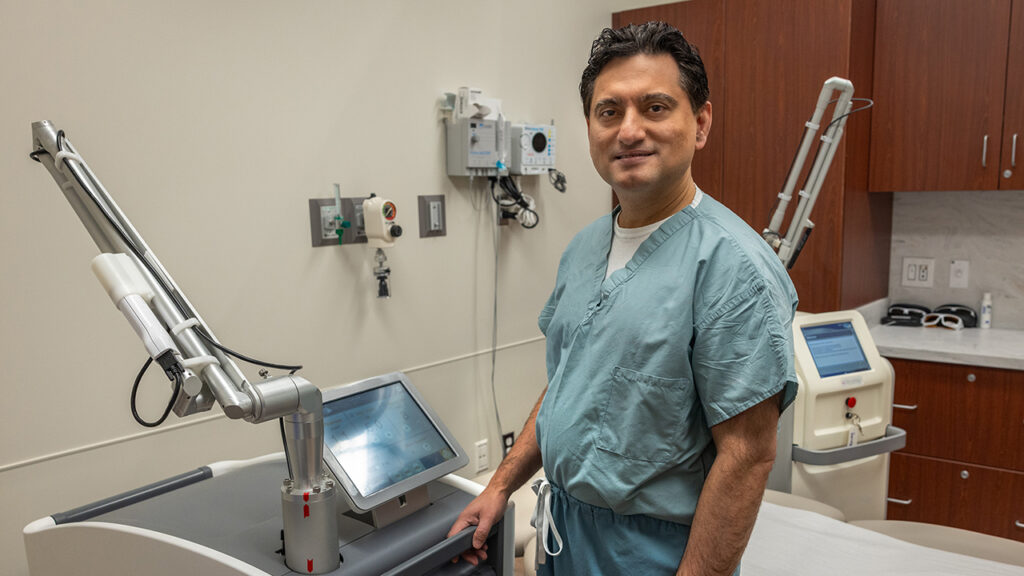
While mild redness and swelling are normal in the first few days, persistent symptoms may indicate an infection. Watch for:
- Severe redness, swelling, or warmth around the tattooed area.
- Foul-smelling discharge or pus.
- High fever or chills.
If you experience any of these symptoms, contact a healthcare provider for advice. Early treatment can prevent further complications.
Long-term Care for a Vibrant Tattoo:
Even after your tattoo has healed, maintaining it requires ongoing care. Proper long-term tattoo care can keep the ink vibrant for years to come:
- Moisturize Regularly: Hydrated skin holds ink better, keeping colors looking fresh and bold.
- Use Sun Protection: The sun fades tattoo ink, especially bright colors. Apply a broad-spectrum sunscreen to keep your tattoo vivid.
- Avoid Exfoliating the Area: Scrubbing the tattooed skin can cause fading and dullness.
FAQ’s
1. How long does a tattoo take to fully heal?
Most tattoos heal on the surface within 2-4 weeks, but deeper healing can take up to six months.
2. Can I speed up the healing process?
Yes, by following a consistent aftercare routine, staying hydrated, and avoiding irritants, you can support faster healing.
3. Is it normal for my tattoo to peel?
Yes, peeling is a natural part of the healing process, signaling that your skin is renewing itself.
4. When can I start exposing my tattoo to sunlight?
Avoid direct sunlight during the first month. Once healed, apply sunscreen to protect the ink.
5. What if my tattoo becomes infected?
Consult a healthcare professional if you notice symptoms like intense pain, foul odor, or pus discharge.
Conclusion
Tattoo healing is a gradual process that requires patience and care. By understanding each healing stage and following the recommended aftercare tips, you can ensure your tattoo heals beautifully, preserving its color, clarity, and detail. Remember, a little extra effort during the healing phase will pay off, giving you a lasting piece of art that you can enjoy for years to come.
